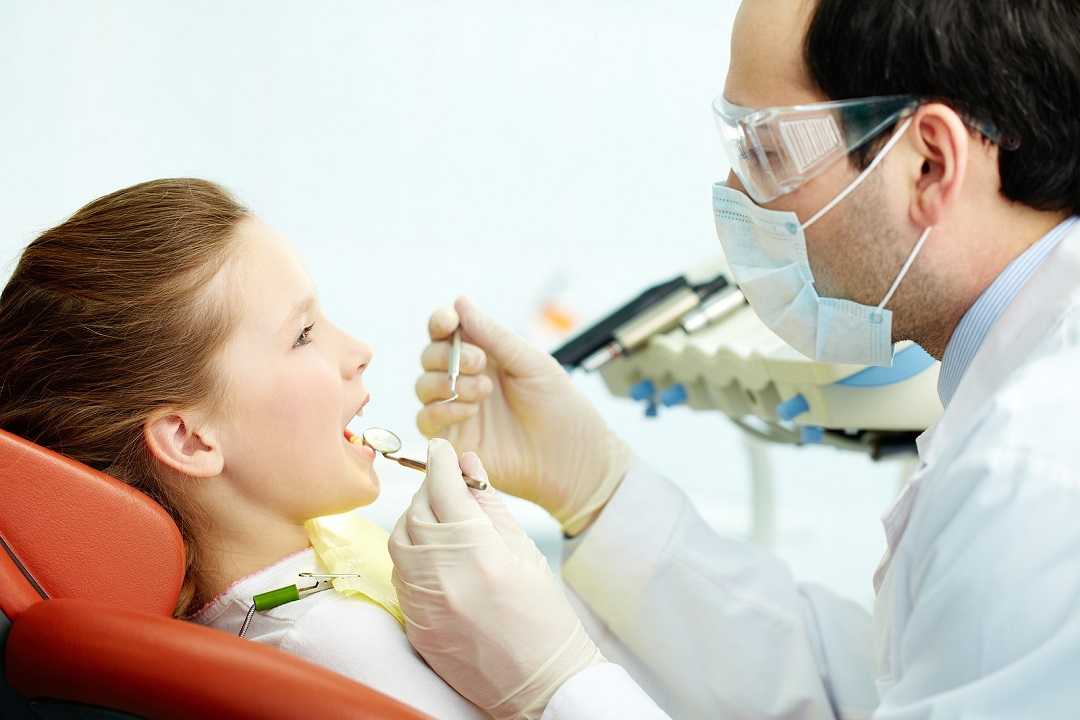How to maintain good oral hygiene in the time of the coronavirus
While it’s true that I have low risk tolerance when it comes to the possibility of catching COVID-19, I can’t imagine I’m alone in feeling like it’ll be awhile before I’m comfortable getting up close and personal with my dentist again. That’s not great considering that a return to normalcy doesn’t look like it’s happening anytime soon. If you’re worried about your oral hygiene because you’re overdue for a dental cleaning due to the coronavirus, what can you do to protect your teeth and gums?
It’s worth considering how you may be able to go the extra mile with home care in the interim so you don’t have to add “teeth fell out of my mouth” to the list of reasons 2020 belongs in the garbage dumpster of history. Below, Lawrence Fung, DDS, founder of Silicon Beach Dental, offers some tips for taking care of your teeth and gums—in addition to regular brushing and flossing—while you ride out the coronavirus pandemic.
1. Get a fluoride mouth rinse
One of the problems with all the working from home we’ve been doing is the accessibility of the fridge and pantry, says Dr. Fung. “As we are snacking more throughout the day, our average amounts of acid exposures to the teeth increase, putting us at higher risk for tooth decay,” he says. To combat this extra damage, he recommends investing in a simple fluoride mouth rinse. “It’s a fantastic way to supercharge our enamel to make them more cavity-resistant, as it may be a little bit overkill to be constantly brushing our teeth more than two or three times a day,” he says.
Another perk to fluoride mouth rinse is its ability to remineralize. “Cavities are essentially areas that have become demineralized, and fluoride has the ability to push minerals back into the tooth to allow it to essentially self-heal to a certain extent,” says Dr. Fung.
2. Try this under-the-radar tool
With all the focus on toothbrushes and floss, Dr. Fung says there’s a highly-effective oral care tool which gets overlooked: the rubber-tip gum stimulator. “It can be used to remove plaque along the gum line, but is usually used to massage the gums between teeth,” he says. “The massaging helps promote blood flow, introducing oxygen to the gums to help ward off gum disease causing bacteria.”
3. Whiten it up
While it’s important to focus on oral health over aesthetics, Dr. Fung recommends you “treat yourself” in this difficult time with a little visual upgrade—after all, haircuts, manicures, and all the rest have been sacrificed, so it’s the least you can do. “Buy some at-home whitening strips—Crest makes a good one—get it shipped to your home/apartment and do that touch up,” he says. After all, he notes, we’ll be back together again, with masks off, at some point, and you’ll want to have a smile that shines for the occasion.
And with respect to togetherness, Dr. Fung adds a word of caution: when it comes to avoiding your dentist, it’s important to weigh the risks of de-prioritizing care. You don’t, for example, want to wait to treat tooth pain until it becomes a medical emergency. “I always recommend that if you feel that something can be problematic, go ahead and reach out to your dentist,” he says. If your dentist isn’t open yet or you’re not comfortable seeing them in person, and they’re not doing emergency visits virtually, Dr. Fung says you might want to suggest they consider adding such services. “With telemedicine, a lot can be done remotely,” he says.
This content was originally published here.









